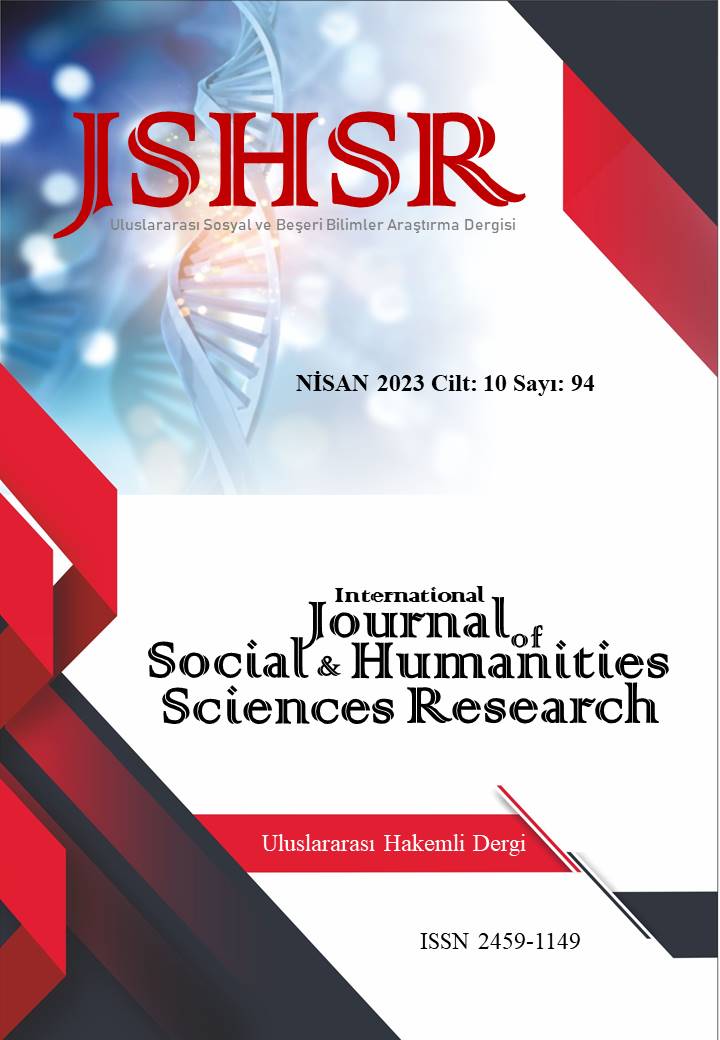WHAT ARE BORON MINES? WHERE TO USE? IMPACTS ON THE TURKISH ECONOMY AND THE PLACE IN THE WORLD
DOI:
https://doi.org/10.26450/jshsr.3618Keywords:
Boron, Mineral, Production, Economy, Borax, CarbideAbstract
In this study; By giving information about what the boron mines are and the types of boron mines, their effects on the economy are mentioned. Boron, as an element, has the capacity to form a wide variety of compounds and has the ability to absorb neutrons. Therefore, it is one of the indispensable raw materials of the industry. It is a semiconductor element between metal and nonmetal. Boron minerals are natural compounds containing different proportions of boron oxide (B2O3) in their structures. There are more than 230 boron minerals in nature, the main ones of commercial importance are; tincal, colemanite, kernite, ulexite, pandermite, borasite, szaybelite and hydroboracite. Boron minerals commonly found in Turkey are; tincal, colemanite and ulexite. Boron minerals are obtained by methods such as open pit mining (Turkey, USA, Argentina, Bolivia, Chile, China and Russia), closed pit mining (USA and China) and solution mining (USA). open pit mining; includes drilling, blasting and loading operations. Boron reserves in Turkey have more economic, higher quality and easier production conditions than other boron-producing countries. Therefore, boron is of great importance to our country. Approximately 73% of the world's reserves of Boron Mines are located in Turkey. Boron production is targeted to reach approximately 5,500 thousand tons in 2023, the centennial year of our republic, and an income of approximately 2.5 billion US dollars in this area.
Downloads
Published
How to Cite
Issue
Section
License
Copyright (c) 2023 INTERNATIONAL JOURNAL OF SOCIAL HUMANITIES SCIENCES RESEARCH

This work is licensed under a Creative Commons Attribution 4.0 International License.


